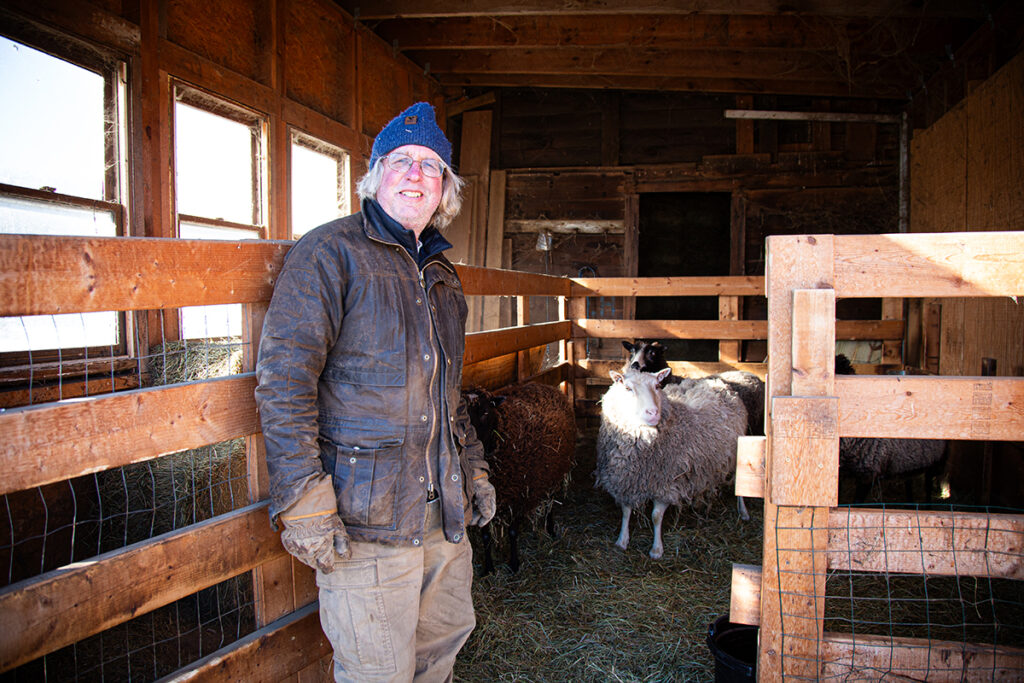
By Tom Phillips
With ambitious promises being made by the new Secretary of Health and Human Services to challenge “big ag” and reduce the country’s reliance on processed foods, and with significant actions already being taken by the Trump administration that impact agriculture on a national level—including the attempted layoffs of federal workers at USDA and FDA—it is crucial for Belmont citizens to understand the complexities of food systems.
Growing up in the suburbs of Boston without any family ties to farming, I find it challenging to grasp the financial struggles, social issues, and environmental impacts inherent in food production. I doubt I am alone in this feeling, which has led me to wonder how I can become better informed. After speaking with local Boston-area food producers, I have identified two primary obstacles to understanding agriculture and ways to overcome them.
Obstacle 1: Flexible Definitions
One challenge to understanding modern agriculture is the flexible and often ambiguous terminology used in public discourse. Words like “organic,” “sustainable,” and “local” vary in meaning depending on whom you ask. For example, the US Code Title 7, Section 3103 defines “sustainable agriculture” as:
“An integrated system of plant and animal production practices having a site-specific application that will, over the long-term—(A) satisfy human food and fiber needs; (B) enhance environmental quality and the natural resource base upon which the agriculture economy depends; (C) make the most efficient use of nonrenewable resources and on-farm resources and integrate, where appropriate, natural biological cycles and controls; (D) sustain the economic viability of farm operations; and (E) enhance the quality of life for farmers and society as a whole.”
While this definition may seem straightforward to people like me who are unfamiliar with farming, food producers often find it impossible to fulfill all five components simultaneously. Jim Wilson of Wilson Farm states, “One of the biggest aspects of sustainability is financial. With land values as high as they are, we’re under pressure to stay profitable.” In high-cost areas like Boston, maintaining economic viability sometimes conflicts with other sustainability goals, such as environmental conservation.
Similarly, the term “organic” carries varied interpretations. The USDA’s Certified Organic standards promote practices that conserve biodiversity and maintain ecological balance. However, some small farmers question the label’s effectiveness. Mike Chase of Belmont Acres said, “I’ve seen multiple iterations of what ‘organic’ means. Just because something is organic doesn’t guarantee it’s environmentally friendly.” He pointed to recent contamination issues on organic farms in Maine involving PFAS chemicals, raising questions about the true sustainability of certified practices.
This lack of consistency makes it difficult for consumers to make informed choices or support policies that align with their values. When definitions change or prove insufficiently specific, the public is left navigating a murky landscape of claims and counterclaims.
Obstacle 2: High Expectations
Another challenge in understanding food systems arises from consumers’ expectations for inexpensive and diverse food options. Chase notes that many customers feel disappointed when local farms cannot provide the same variety and low prices as supermarkets. “People are so used to supermarkets that they don’t grasp what’s feasible seasonally,” he said. This disconnect between expectations and reality also affects pricing. Chase further added, “If you want cheap, you’re not going to find it at a small family farm. I can’t look my employees in the eyes and pay them eight dollars an hour.”
Such expectations also complicate public understanding of food policy. For example, while the idea of combating “ultraprocessed foods” sounds appealing, it could significantly increase grocery costs. As Chase observed, every management decision impacts the financial, environmental, or social aspects of farming, and finding a balance is more complex than it seems.
Overcoming the Obstacles
The question remains: How can consumers better understand agriculture? The reality is that the financial, environmental, and social complexities of agriculture can only be fully grasped by people working within these systems. However, one practical approach is to “get to know our farmers.”
Both Wilson and Chase believe that direct communication through farm tours and community discussions helps bridge the knowledge gap. Wilson said, “I’ve been doing farm tours for decades, discussing soil health and marketing—it helps people understand the challenges we face.” Chase shared similar sentiments, emphasizing the value of open dialogue between farmers and the community.
Although personal interactions cannot fully address the challenges of understanding food systems, they promote a deeper awareness of the trade-offs involved in sustainable and ethical food production. Taking the time to engage directly with farmers can provide a more nuanced perspective than media sound bites or political rhetoric. By seizing opportunities to learn directly from local farmers, we can better understand the complexities of modern agriculture and make more thoughtful decisions moving forward.
Thomas Phillips is a Belmont native and an environmental legal assistant at the Sierra Club.



Sorry, the comment form is closed at this time.